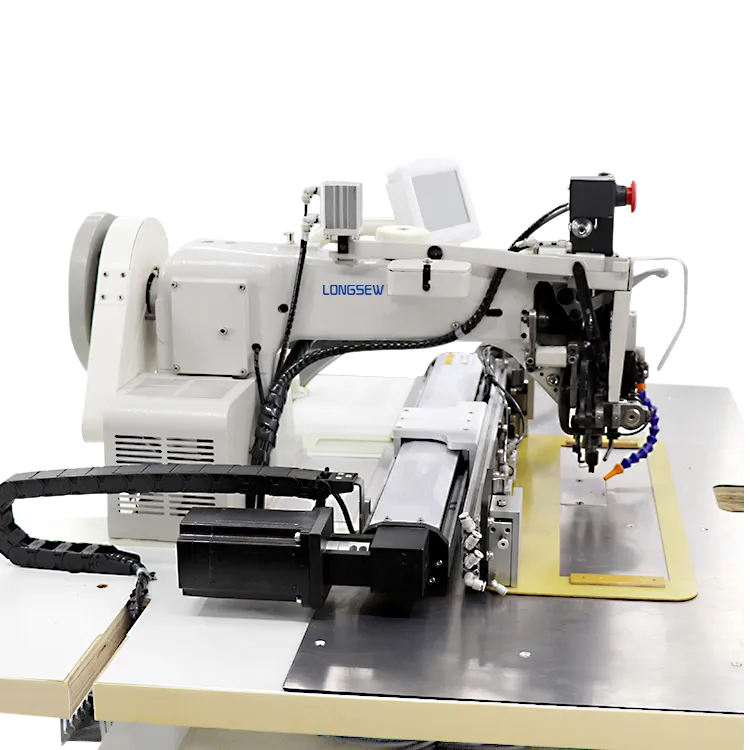Exploring CNC Sewing Technology for Precision and Efficiency in Fabric Production
CNC Sewing The Future of Textile Manufacturing
In recent years, the textile industry has witnessed a technological revolution, with CNC (Computer Numerical Control) sewing becoming an integral part of its evolution. This innovative approach not only enhances efficiency but also improves precision in garment production, making it a game-changer for manufacturers around the globe.
CNC Sewing The Future of Textile Manufacturing
One of the primary advantages of CNC sewing is its ability to streamline production processes. Manufacturers can create intricate designs and repetitive patterns with ease, allowing for faster turnaround times on orders. This is particularly beneficial in a fast-paced fashion industry, where trends change rapidly and consumers demand quick access to the latest styles. By adopting CNC technology, companies can stay competitive and responsive to market demands.
cnc sewing

Moreover, CNC sewing machines can work with a variety of fabrics and materials, including delicate textiles and heavy-duty materials. This versatility makes them suitable for a wide range of applications, from high-end fashion to industrial textiles. Additionally, CNC sewing can contribute to reducing waste in production, as the precise cutting capabilities ensure that fabric is used more efficiently.
Another notable benefit of CNC sewing is its potential to enhance customization. Today’s consumers increasingly seek personalized products, and CNC technology enables manufacturers to create made-to-measure garments with relative ease. By incorporating customer specifications into the programming, companies can produce unique pieces that cater directly to individual preferences, thus elevating customer satisfaction.
Despite its numerous advantages, the transition to CNC sewing does come with challenges. Initial investment costs for CNC machines can be high, and companies may need to invest in training for their workforce to adapt to new technologies. However, the long-term benefits, including increased productivity and reduced labor costs, often outweigh these initial hurdles.
In conclusion, CNC sewing represents a significant leap forward in textile manufacturing. It combines precision, speed, and customization in ways that traditional methods cannot match. As the industry continues to evolve, embracing CNC technology will likely become essential for manufacturers striving to meet the demands of modern consumers. By harnessing the power of automation, the textile industry can not only improve its operational efficiency but also deliver innovative and tailored solutions to an ever-changing market.
-
Industrial Cylinder Arm Sewing Machine: Revolutionizing Heavy-Duty SewingNewsJul.28,2025
-
Cylinder Arm Sewing Machine: Perfect for Special Sewing ApplicationsNewsJul.28,2025
-
Cylinder Bed Sewing Machine: Essential for Sewing Complex MaterialsNewsJul.28,2025
-
Heavy Duty Sewing Machine: The Essential Tool for Industrial ApplicationsNewsJul.28,2025
-
Computerized Pattern Sewing Machine: Revolutionizing Precision StitchingNewsJul.28,2025
-
Heavy Duty Industrial Sewing Machine: Power Meets PrecisionNewsJul.28,2025
-
Leather Sewing Machine: The Industrial Standard for Tough MaterialsNewsJul.18,2025





























